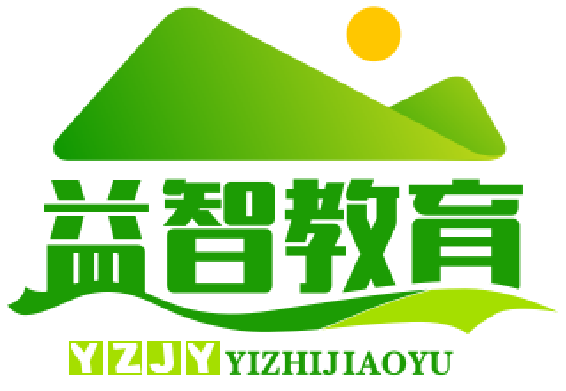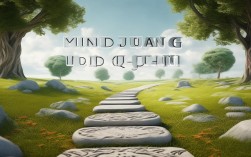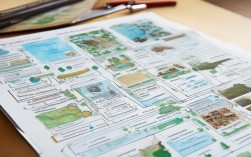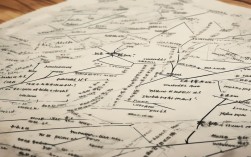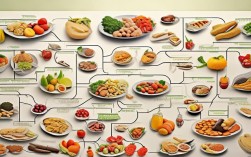下面我将为你提供一个通用模板和三个具体节日(春节、万圣节、圣诞节)的详细示例,你可以根据自己的需求进行修改和扩展。
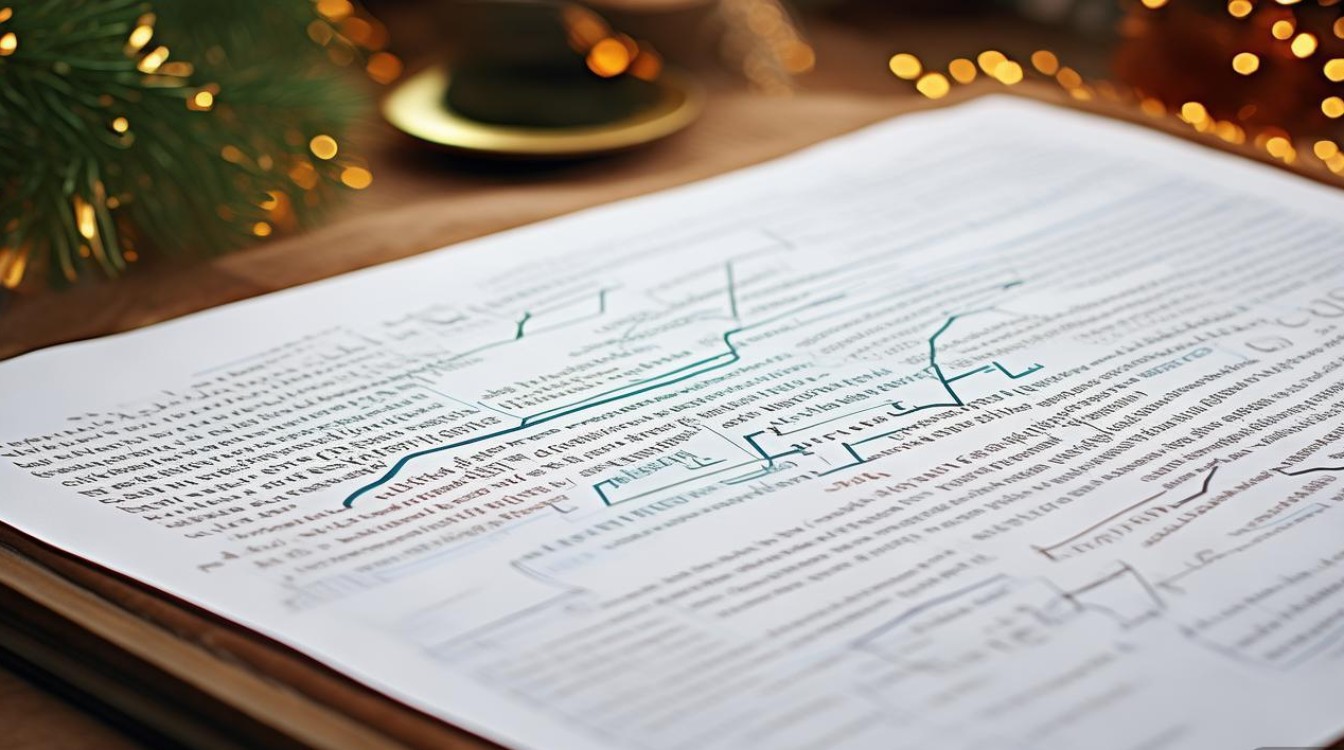
英语节日作文思维导图通用模板
这个模板适用于任何一篇关于节日的作文,你可以把它当作“万能公式”。
中心主题: [节日名称,如: The Spring Festival]
一级分支 (核心要素):
-
Introduction (引言)
- Hook (钩子): 如何吸引读者?
- A rhetorical question (反问句): "What is the most important festival in your country?"
- An interesting fact (有趣的事实): "Did you know that the Spring Festival is the longest holiday in China?"
- A personal anecdote (个人经历): "My favorite memory of the Spring Festival is..."
- Background Info (背景信息):
- When is it celebrated? (什么时候庆祝?)
- What is its origin/history? (起源/历史是什么?)
- What does it symbolize? (它象征着什么?)
- Thesis Statement (中心论点):
A clear statement about your main idea. (e.g., "The Spring Festival is a time for family reunion, delicious food, and new beginnings.")
- Hook (钩子): 如何吸引读者?
-
Body Paragraph 1 (主体段落一): Traditions & Customs (传统与习俗)
- Custom 1 (习俗1): e.g., Cleaning the house (大扫除)
- Why? (为什么做?): To sweep away bad luck.
- How? (怎么做?): The whole family cleans the house thoroughly.
- Custom 2 (习俗2): e.g., Putting up Spring Festival Couplets (贴春联)
- Why? (为什么做?): To bring good fortune and blessings.
- How? (怎么做?): Red paper with black characters is pasted on doors.
- Custom 3 (习俗3): e.g., Having a Reunion Dinner (吃年夜饭)
- Why? (为什么做?): To gather the family together.
- What? (吃什么?): Dumplings, fish, etc.
- Custom 1 (习俗1): e.g., Cleaning the house (大扫除)
-
Body Paragraph 2 (主体段落二): Food (美食)
- Main Dish (主菜): e.g., Dumplings (饺子)
- Symbolism (象征意义): Resembels ancient gold ingots, symbolizing wealth.
- Taste/Feeling (味道/感受): Delicious, warm, brings family together.
- Special Dish (特色菜): e.g., Fish (鱼)
**Symbolism (象征意义): "Nian Nian You Yu" (年年有余), means having a surplus every year.
- Dessert/Snack (甜点/小吃): e.g., Niangao (年糕)
**Symbolism (象征意义): "Gao Gao Xing Xing" (高高興興), means getting higher and higher in the new year.
- Main Dish (主菜): e.g., Dumplings (饺子)
-
Body Paragraph 3 (主体段落三): Activities & Atmosphere (活动与氛围)
- Activity 1 (活动1): Setting off Firecrackers (放鞭炮)
- Purpose (目的): To scare away the monster "Nian" and celebrate.
- Feeling (感受): Exciting, loud, festive.
- Activity 2 (活动2): Giving Red Envelopes (发红包)
- Purpose (目的): To give blessings and good luck to children.
- Who gives to whom? (谁给谁?): Elders give to the young.
- Atmosphere (氛围): Describe the feeling. (e.g., Joyful, bustling, full of laughter and warmth.)
- Activity 1 (活动1): Setting off Firecrackers (放鞭炮)
-
Conclusion (
- Restate Thesis (重申中心论点): In different words, summarize the main idea.
- Summarize Key Points (总结要点): Briefly mention the most important traditions and feelings.
- Final Thought / Personal Feeling (最后感想/个人感受):
- Why is this festival important to you or your culture?
- What do you learn from it? (e.g., "The Spring Festival teaches me the importance of family and hope for the future.")
具体节日思维导图示例
示例 1: 春节 (The Spring Festival)
- 中心: The Spring Festival (春节)
- Introduction
- Hook: The most anticipated and important traditional festival in China.
- Background: Lunar New Year; marks the beginning of a new year on the lunar calendar; history over 4,000 years old.
- Thesis: It's a vibrant celebration centered on family reunion, delicious food, and age-old traditions.
- Traditions & Customs
- Cleaning House: Sweep away "bad luck" (晦气); prepare for a fresh start.
- Red Decorations: Red lanterns, couplets (对联); red symbolizes good luck and happiness.
- Family Reunion Dinner: The most important meal; everyone tries to come home.
- Food
- Dumplings (饺子): Shaped like ancient gold ingots; symbolize wealth.
- Fish (鱼): "Nian Nian You Yu" (年年有余); surplus for the new year.
- Rice Cake (年糕): "Nian Gao" (年糕); sounds like "higher year"; symbolizes progress.
- Activities & Atmosphere
- Firecrackers: Scare away evil spirits "Nian"; loud and exciting.
- **Red Envelopes (红包): "Ang Bao" (红包); money in red envelopes for kids; symbolize blessings.
- Atmosphere: Warm, joyful, bustling with excitement; red everywhere; laughter fills the air.
- Conclusion
- Restate: The Spring Festival is more than a holiday; it's a deep-rooted cultural experience.
- Summarize: It's about family, delicious food, and hoping for a prosperous future.
- Final Thought: It reminds us to cherish family and embrace new beginnings with hope.
示例 2: 万圣节 (Halloween)
- 中心: Halloween (万圣节)
- Introduction
- Hook: A night of spooky fun, costumes, and sweet treats!
- Background: Celebrated on October 31st; originated from the ancient Celtic festival of Samhain; believed the boundary between the living and the dead was blurred.
- Thesis: Halloween has evolved into a fun, community-centered holiday focused on creativity, scares, and candy.
- Traditions & Customs
- Trick-or-Treating: Children dress up and go door-to-door for candy.
- Costumes: Dressing up as ghosts, witches, superheroes, etc.
- Jack-o'-Lanterns: Carving faces into pumpkins; to ward off evil spirits.
- Food
- Candy/Sweets: The main attraction! (e.g., chocolate bars, gummy bears).
- Themed Treats: Cakes, cookies, and cupcakes shaped like pumpkins or ghosts.
- Apple Bobbing: A classic game where you try to bite an apple floating in water.
- Activities & Atmosphere
- Decorations: Fake spider webs, skeletons, orange and black colors.
- Haunted Houses: Places designed to scare people for fun.
- Atmosphere: Exciting, spooky, playful, and a bit scary; full of laughter and screams.
- Conclusion
- Restate: Halloween is a unique blend of ancient tradition and modern fun.
- Summarize: It's a night for imagination, community, and enjoying sweet treats.
- Final Thought: It's a chance for both kids and adults to embrace their playful and creative side.
示例 3: 圣诞节 (Christmas)
- 中心: Christmas (圣诞节)
- Introduction
- Hook: A magical time of the year filled with joy, giving, and warmth.
- Background: Celebrated on December 25th; to commemorate the birth of Jesus Christ; has both religious and secular significance.
- Thesis: Christmas is a beloved holiday celebrated worldwide, marked by gift-giving, family feasts, and a spirit of generosity.
- Traditions & Customs
- Decorating the Christmas Tree: Putting up lights, ornaments, and a star on top.
- Santa Claus: A jolly man who brings gifts to good children.
- Sending Cards: Wishing friends and family a "Merry Christmas."
- Food
- Roast Turkey/Christmas Ham: The main dish for the Christmas feast.
- Christmas Pudding/Christmas Cookies: Sweet, traditional desserts.
- Eggnog: A popular festive drink made with milk, cream, sugar, and eggs.
- Activities & Atmosphere
- Exchanging Gifts: The most anticipated activity for many.
- Singing Carols: Going door-to-door or in groups to sing Christmas songs.
- Atmosphere: Peaceful, joyful, and charitable; filled with the scent of pine and the sound of bells.
- Conclusion
- Restate: Christmas is a special time that brings people together.
- Summarize: It's about celebrating with loved ones, showing kindness, and sharing happiness.
- Final Thought: The true spirit of Christmas lies in love, gratitude, and being with the people who matter most.
如何使用这些思维导图?
- 选择模板: 根据你写的节日,选择最合适的模板或通用模板。
- 在每个分支下,用关键词和短句写下你的想法,不必写完整的句子,这只是为了激发灵感。
- 扩展细节: 在每个关键词旁边,可以再画小分支,添加更多细节,
Why?,How?,Example,Feeling等。 - 组织成文: 完成思维导图后,就可以按照引言、主体段落(1, 2, 3)、结论的顺序,把导图中的要点扩展成完整的句子和段落,形成一篇结构清晰的作文。
希望这个详细的思维导图指南能帮助你写出优秀的英语节日作文!
